June 2000 Collecting Trip to Tunisia
by Martin Hauser
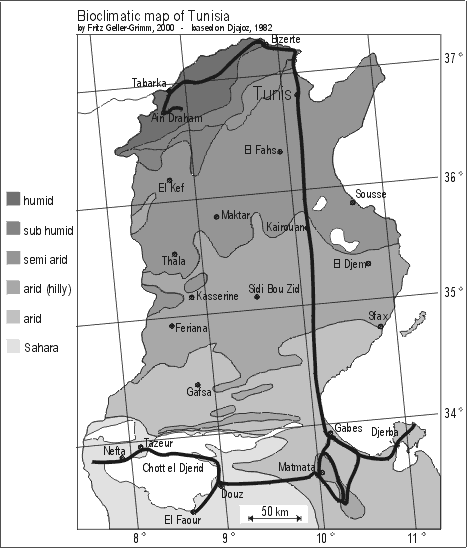 Arriving at the new airport in Tunis, I immediately realized that there have been a lot of changes in the past five years since my last visit to this beautiful North African country. After bargaining for a rental car in the airport, my friend Christian Schmid-Egger, a hymnopterist from Germany, arrived to join me for one of my two weeks in Tunisia. We decided to collect first in southern Tunisia, because Christian expected to find the most interesting Hymenoptera there. I wanted to spend the second week in the north.
Arriving at the new airport in Tunis, I immediately realized that there have been a lot of changes in the past five years since my last visit to this beautiful North African country. After bargaining for a rental car in the airport, my friend Christian Schmid-Egger, a hymnopterist from Germany, arrived to join me for one of my two weeks in Tunisia. We decided to collect first in southern Tunisia, because Christian expected to find the most interesting Hymenoptera there. I wanted to spend the second week in the north.
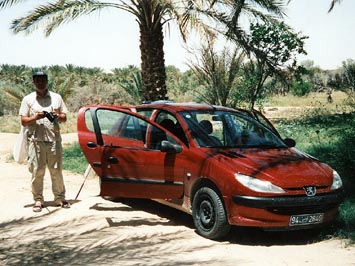
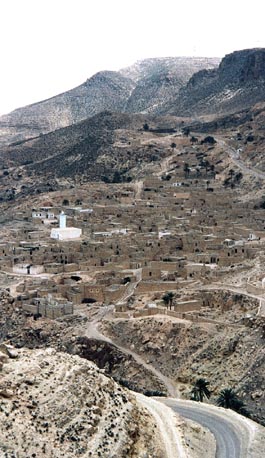
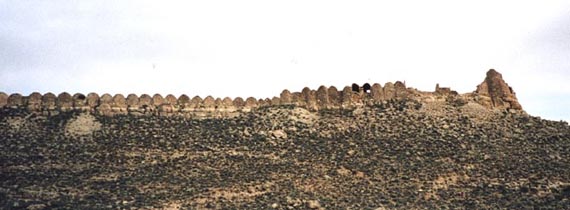
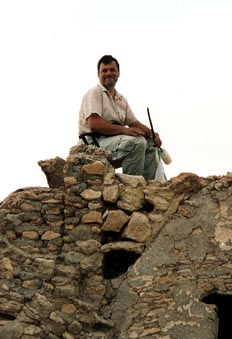
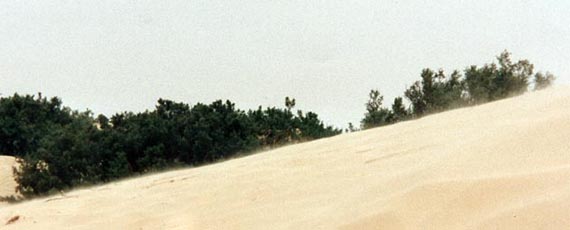
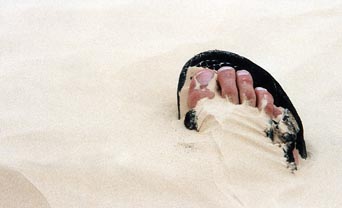
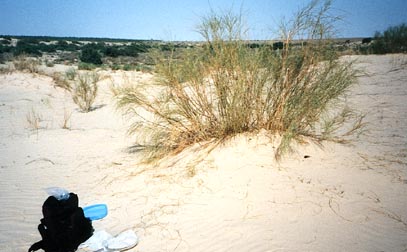
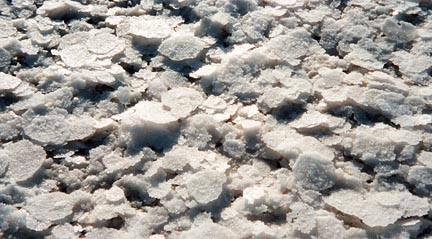
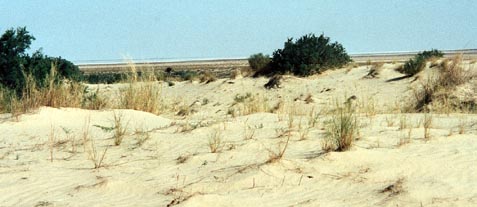
But again no larvae in the sand.
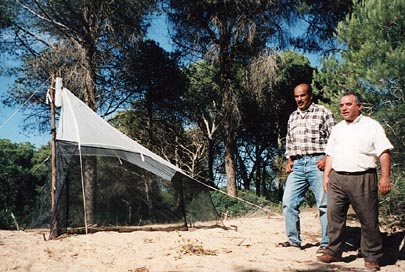
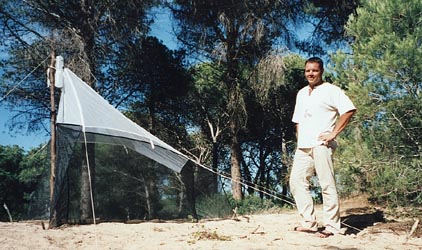
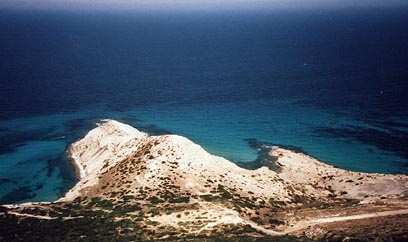
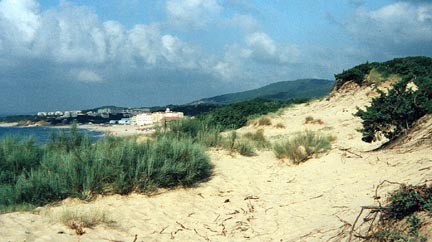
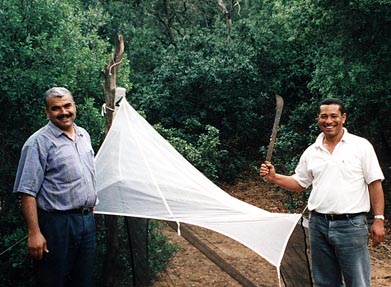
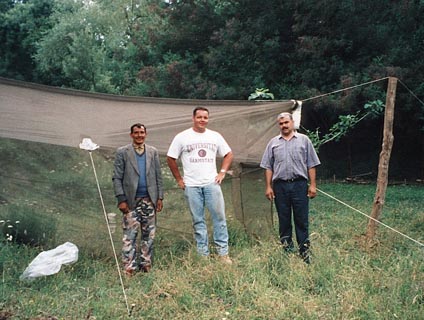
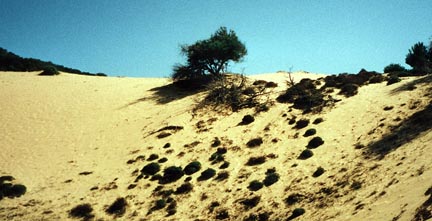
Suddenly a herd of goats ran over the hill and I found myself in the midst of dozens of goats that were jumping over my gear, and try to eat some of it. This was not much of a problem, but the shepherd dogs, who were protecting the herd, thought that I was a dangerous threat to the goats and attacked me. I was lucky that the shepherd chased them away with a handful of stones. Normally I also used stones to keep feral dogs at a distance, but in the middle of a sand dune, stones are hard to find!